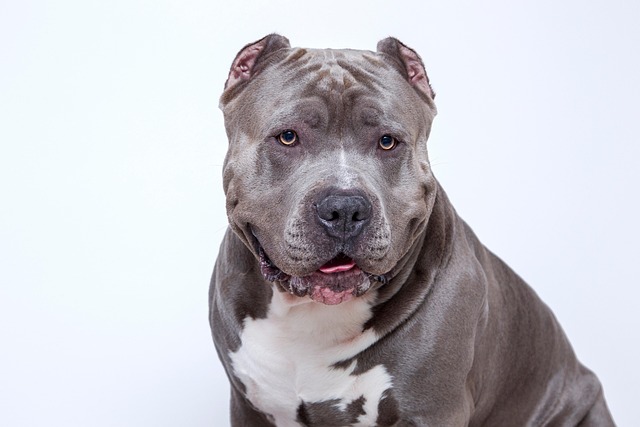
can you give dogs cbd oil to calm them down
Picture this: it’s the evening of the Fourth of July, and the first distant booms of fireworks are starting over your suburban neighborhood.
Watching your pup scratch themselves raw can be heartbreaking—you just want to ease their discomfort, but figuring out what’s safe isn’t always straightforward. Many dog owners reach for home remedies first, but it’s crucial to pause before trying anything, since some common human products (like certain lotions or antihistamines) can be toxic to dogs. Even natural options, such as coconut oil, need to be used correctly—too much can upset their stomach, especially for smaller breeds or pups with sensitive digestion.
The first step to helping itchy skin is understanding why your dog is scratching. Common triggers in homes across the U.S. include allergies (to pollen, dust mites, or even their food), dry air from heaters in winter, or fleas—even indoor dogs can pick up these pests from other pets or on walks. A quick check of their coat for flea dirt or red, irritated patches can give you clues, but for allergies or underlying issues, a vet visit is non-negotiable. Vets can run tests to pinpoint the cause and recommend safe treatments, which is always better than guessing.
 When it comes to at-home relief, stick to vet-approved methods to stay compliant with local animal welfare guidelines—these rules prioritize your dog’s safety and prevent harm from untested products. Oatmeal baths are a gentle go-to: grind plain oatmeal into a fine powder, mix it with warm water, and let your dog soak for 10-15 minutes. This soothes irritated skin without harsh chemicals. You can also use a vet-recommended hypoallergenic shampoo, but avoid over-bathing—too much washing strips their coat of natural oils, making dryness and itching worse. For pups in apartments, using a humidifier in dry months can also help keep their skin hydrated.
When it comes to at-home relief, stick to vet-approved methods to stay compliant with local animal welfare guidelines—these rules prioritize your dog’s safety and prevent harm from untested products. Oatmeal baths are a gentle go-to: grind plain oatmeal into a fine powder, mix it with warm water, and let your dog soak for 10-15 minutes. This soothes irritated skin without harsh chemicals. You can also use a vet-recommended hypoallergenic shampoo, but avoid over-bathing—too much washing strips their coat of natural oils, making dryness and itching worse. For pups in apartments, using a humidifier in dry months can also help keep their skin hydrated.
It’s also important to tie itchy skin care to everyday responsible pet ownership. If your dog’s scratching leads to open sores, keeping them from licking or biting the area might mean using a soft cone (never a harsh muzzle that restricts breathing). While out on walks—where they might pick up allergens or fleas—always clean up after them, as local laws require this, and keep their flea and tick prevention up to date. Remember, positive reinforcement still matters here: reward your dog with treats during baths or vet visits to keep the experience stress-free, instead of scolding them for scratching.
At some point, every dog owner deals with itchy skin, but the key is to act safely and responsibly. Skipping the vet to try unproven fixes can make the problem worse, and it might even violate local animal care standards. By combining vet guidance with gentle at-home care, you’ll ease your pup’s discomfort while staying true to the values of caring for a dog—keeping them healthy, happy, and safe. Whether you’re in a busy city apartment or a suburban home, this approach works for every kind of dog and every kind of owner.

Picture this: it’s the evening of the Fourth of July, and the first distant booms of fireworks are starting over your suburban neighborhood.

You’re brushing your golden retriever after a walk in the park, and suddenly you notice a red, scaly patch on their belly.

When a dog owner notices an unusual lump on their pet’s skin—maybe while giving a post-walk belly rub—it’s easy to panic, especially if a vet mentions mast cell tumors.

I sat with my friend Sarah on her Boston apartment floor last week, where her 4-year-old Border Collie, Milo, paced nervously by the door—his tail tucked, ears flattened

Watching your pup scratch themselves raw can be heartbreaking—you just want to ease their discomfort, but figuring out what’s safe isn’t always straightforward.

Bringing home a pup after eye surgery means shifting from vet clinic care to creating a safe, calm space where healing can happen.